This article explores the xp_readerrorlog command for reading SQL Server error logs using T-SQL.
Read more »
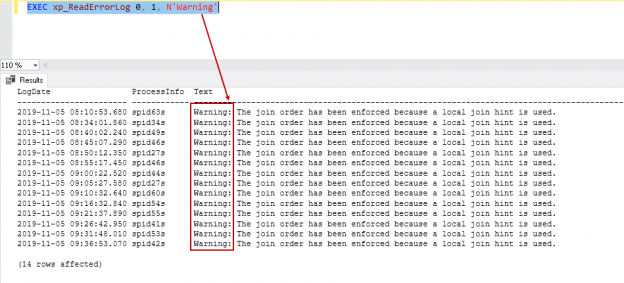


This article explores the xp_readerrorlog command for reading SQL Server error logs using T-SQL.
Read more »
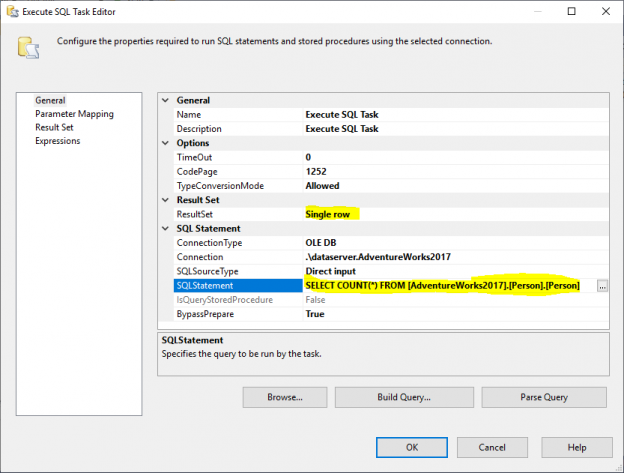
In this article, we illustrate how to use the OFFSET FETCH feature as a solution for loading large volumes of data from a relational database using a machine with limited memory and preventing an out of memory exception. We describe how to load data in batches to avoid placing a large amount of data into memory.
Read more »
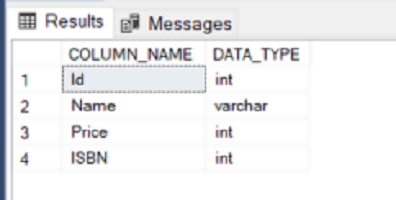
This article explains SQL DDL commands in Microsoft SQL Server using a few simple examples.
Read more »

This article gives an overview of the DBCC INPUTBUFFER and its replacement sys.dm_exec_input_buffer system dynamic management function .
Read more »
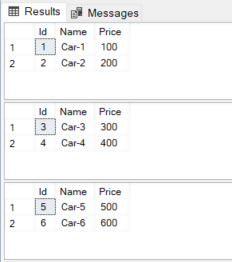
The SQL While loop is used to repeatedly execute a certain piece of SQL script.
Read more »
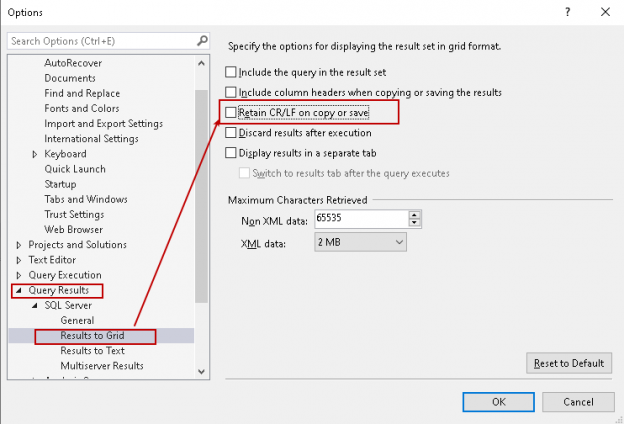
This article explores inserting SQL carriage return AKA line break and tab in a string along with SSMS behavior while copying data to excel, notepad.
Read more »
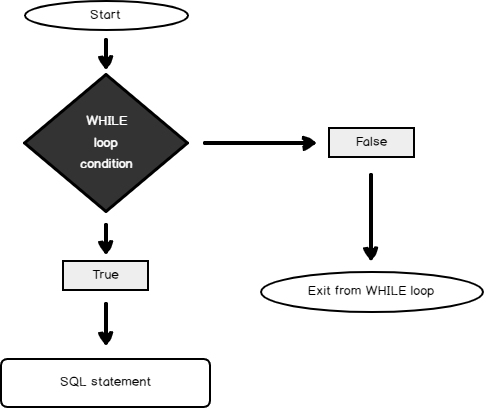
SQL WHILE loop provides us with the advantage to execute the SQL statement(s) repeatedly until the specified condition result turn out to be false.
Read more »
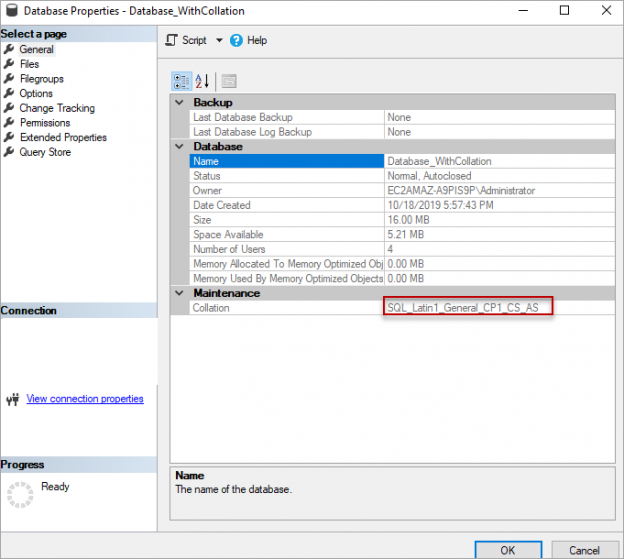
In this article, we will review the Collate SQL command. First, let us see what collation in the SQL Server is.
Read more »

This article explores the SQL divide by zero error and various methods for eliminating this.
Read more »
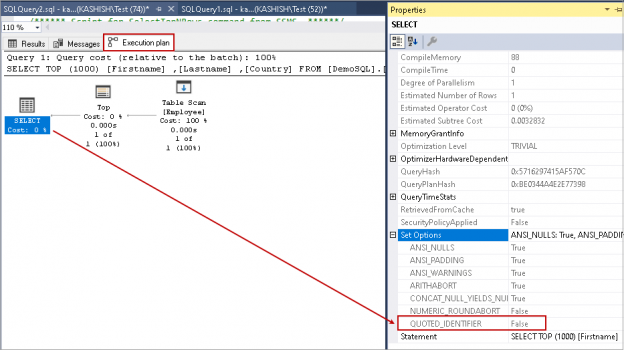
In this article, we will explore QUOTED_IDENTIFIER behavior, default value, and comparison with a different value. Set options at connection level control query behavior in SQL Server. The query might behave differently with different set options and their values.
Read more »

In this article, we will learn the SQL multiple joins concept and reinforce our learnings with pretty simple examples, which are explained with illustrations. In relational databases, data is stored in tables. Without a doubt, and most of the time, we need a result set that is formed combining data from several tables. The joins allow us to combine data from two or more tables so that we are able to join data of the tables so that we can easily retrieve data from multiple tables. You might ask yourself how many different types of join exist in SQL Server. The answer is there are four main types of joins that exist in SQL Server. First of all, we will briefly describe them using Venn diagram illustrations:
Read more »
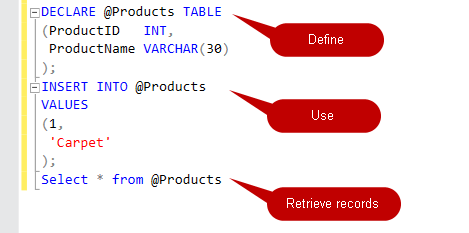
This article explores the SQL Table variables and their usage using different examples.
Read more »

In the article SQL Server Lead function overview and examples, we explored Lead function for performing computational operations on data. This article gives an overview of the SQL Lag function and its comparison with the SQL Lead function.
Read more »
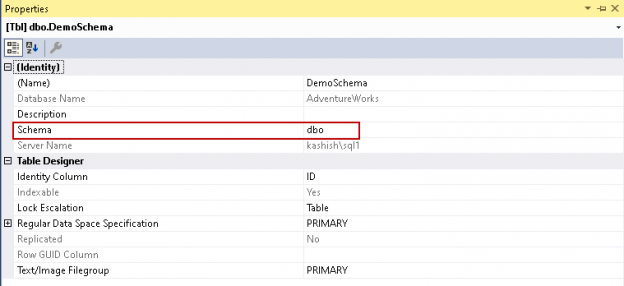
This article gives an overview of SQL Schema and its usage in SQL Server.
Read more »
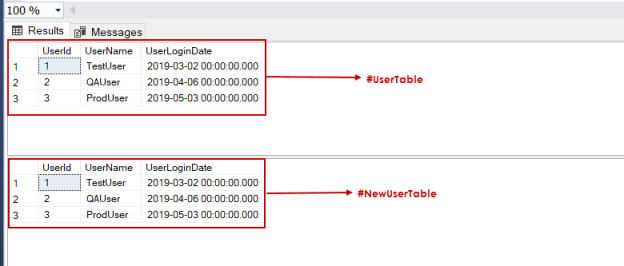
In this article, we will learn to rename tables in SQL Server. sp_rename is a built-in stored procedure which helps to rename user tables in the SQL Server. During the software development life cycle, we might be faced with various scenarios that required to rename the existing tables in the database. For example, the tables which are created in the SQL Server might be needed to be renamed, because of the software version upgrades, bug fixing or other various development requirements. These and similar reasons can make renaming tables important. So, in this article, we will particularly focus on how to rename the tables in SQL Server.
Read more »
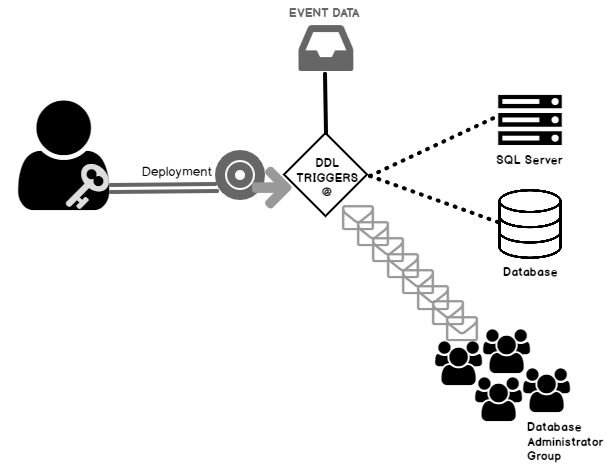
In this article, we will un-riddle the ways to make use of the data definition language trigger (DDL Trigger), in order to monitor the progressions made to the database programming objects, View, Procedure or Function with a few real-time examples.
Read more »
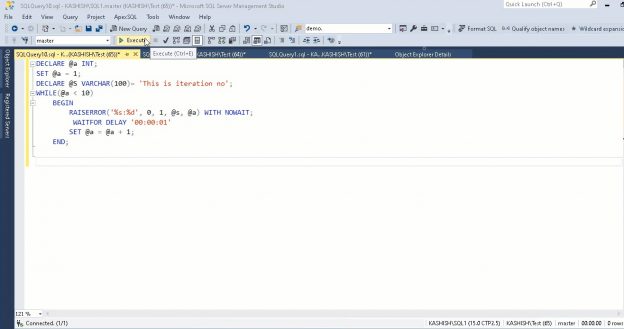
This article explores the SQL Server PRINT statements, and its alternative SQL Server RAISEERROR statements to print messages in a query.
Read more »
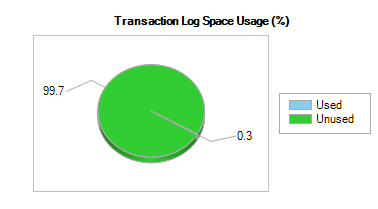
Truncating a table is removing all the records in an entire table or a table partition. TRUNCATE table is functionally similar to DELETE table with no WHERE clause. However, TRUNCATE table is much faster than DELETE with respect to the time and the resource consumptions which we will look at in this article. TRUNCATE statement removes the data by de-allocating the data pages in the table data. This means that TRUNCATE is similar to drop and re-create the table. Also, it records only the page de-allocations in the transaction log, not the row-wise as in DELETE statement.
Read more »
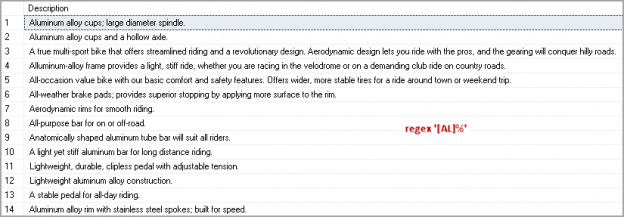
This article explores T-SQL RegEx commands in SQL Server for performing data search using various conditions.
Read more »

This article gives an overview of SQL UPPER function and SQL LOWER function to convert the character case as uppercase and lowercase respectively.
Read more »
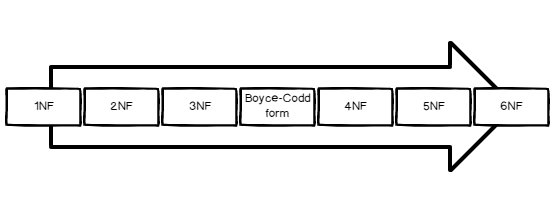
In this article, we will explore the process of SQL Delete column from an existing table. We will also understand the impact of removing a column with defined constraints and objects on it.
Read more »
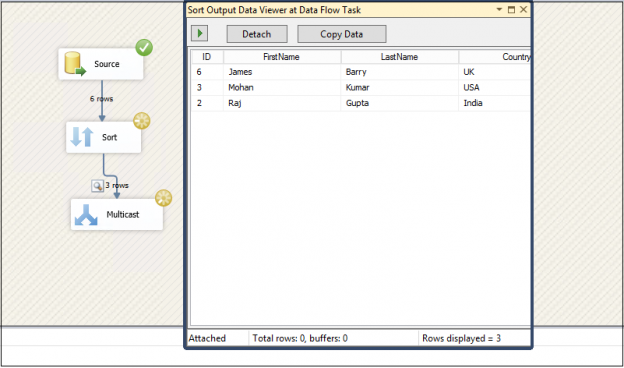
This article explains the process of performing SQL delete activity for duplicate rows from a SQL table.
Read more »
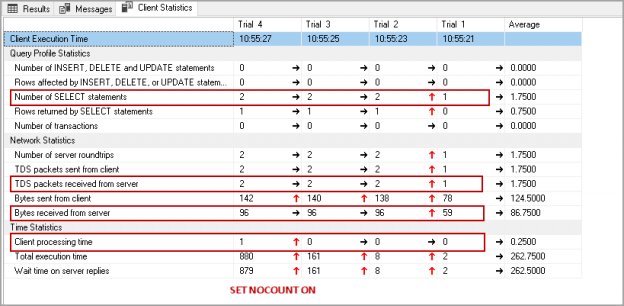
Have you ever noticed SET NOCOUNT ON statement in T-SQL statements or stored procedures in SQL Server? I have seen developers not using this set statement due to not knowing it.
Read more »

In this article, we will learn usage details of the sp_updatestats built-in store procedure which helps to update all statistics in a SQL Server database. First of all, we will take a glance at the statistics concept in SQL Server.
Read more »
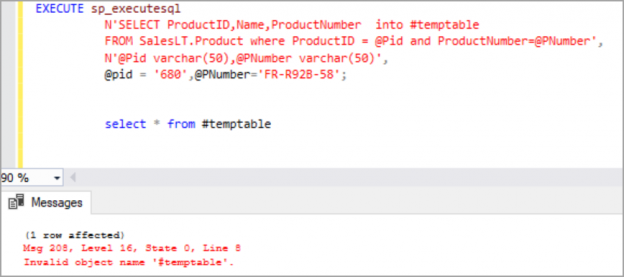
In this article, we will review how to construct and execute dynamic SQL statements in SQL Server with different examples.
Read more »© Quest Software Inc. ALL RIGHTS RESERVED. | GDPR | Terms of Use | Privacy